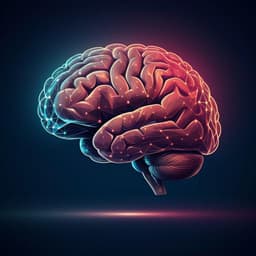
Medicine and Health
Neuroimaging and natural language processing-based classification of suicidal thoughts in major depressive disorder
D. Y. Lee, G. Byeon, et al.
This groundbreaking study developed a machine learning model that classifies suicidal thoughts in patients with major depressive disorder using advanced techniques from psychiatry and neuroimaging. By integrating clinical notes and brain MRI data, researchers achieved impressive accuracy in evaluation. The work was conducted by authors Dong Yun Lee, Gihwan Byeon, Narae Kim, Sang Joon Son, Rae Woong Park, and Bumhee Park.
~3 min • Beginner • English
Related Publications
Explore these studies to deepen your understanding of the subject.







